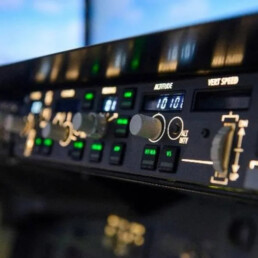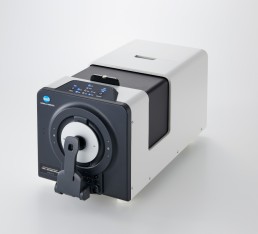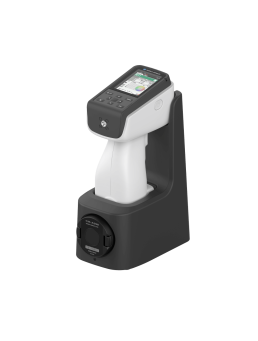Does your new Electric Vehicle make annoying sounds?
Automakers constantly challenge design teams to reduce noise, known in the industry as “NVH”; noise, vibration, and harshness. With traditional ICEs (internal combustion engines), the engine generates a certain amount of noise during its operation. Some models have exhausts designed to accentuate the engine’s roar, thus increasing cabin noise. With today’s EV, engine noise is non-existent. However, this makes the reduction of NVH even more crucial, so the driver doesn’t hear all the environmental noises, such as wet road surfaces, wind whistles, and vehicle rattles. Remember that rattles occur in many cars due to use conditions, loose fasteners (consisting of clips, screws, bolts, rubber grommets, etc.), and poorly fitting body panels. Design and manufacturing teams cannot control operator driving conditions; however, they can control the torque settings of fasteners and the alignment of body panels.
The measurement of body panels is known as the Flush and Gap metrology methodology taken during vehicle manufacturing. Each vehicle assembled is measured against the design parameters set forth by the design teams. Generally, most gaps (door to door, door to fender, fender to hood, headlamp to hood, windshield to roof, etc.) are 1.25mm to 2mm in size, holding a tolerance of +/-0.3mm, and flushness is the measurement of how the surfaces of the panels align with one another. Ideally, alignment is 0mm. When a vehicle is assembled with wide gaps or out-of-alignment panels, it’s subject to improperly tightened or missed fasteners, spacers, or deficient critical spot welds. Misassembled vehicles can cause automakers warranty issues and poor customer reviews. One solution to these manufacturing issues is the Eines Eifis® Flush N Gap measurement system. The Eines Eifis® Flush N Gap measurement tunnel provides hundreds of points of accurate measurement on assembled or semi-assembled vehicles. This critical measurement system scans while the vehicle moves without touching the surface. Additionally, the system guides the fitters in the auto plant to the exact location to make necessary adjustments or alignments.
In the age of world-class manufacturing, does your quality depart measure 100% of all assembled vehicles? Many of the plants I enter currently measure a sampling of vehicles manually, leaving it to chance that the unmeasured vehicles meet manufacturer specifications.
Want to learn more about reducing NVH and measuring 100% of all vehicles manufactured, contact us for a quick discussion.










